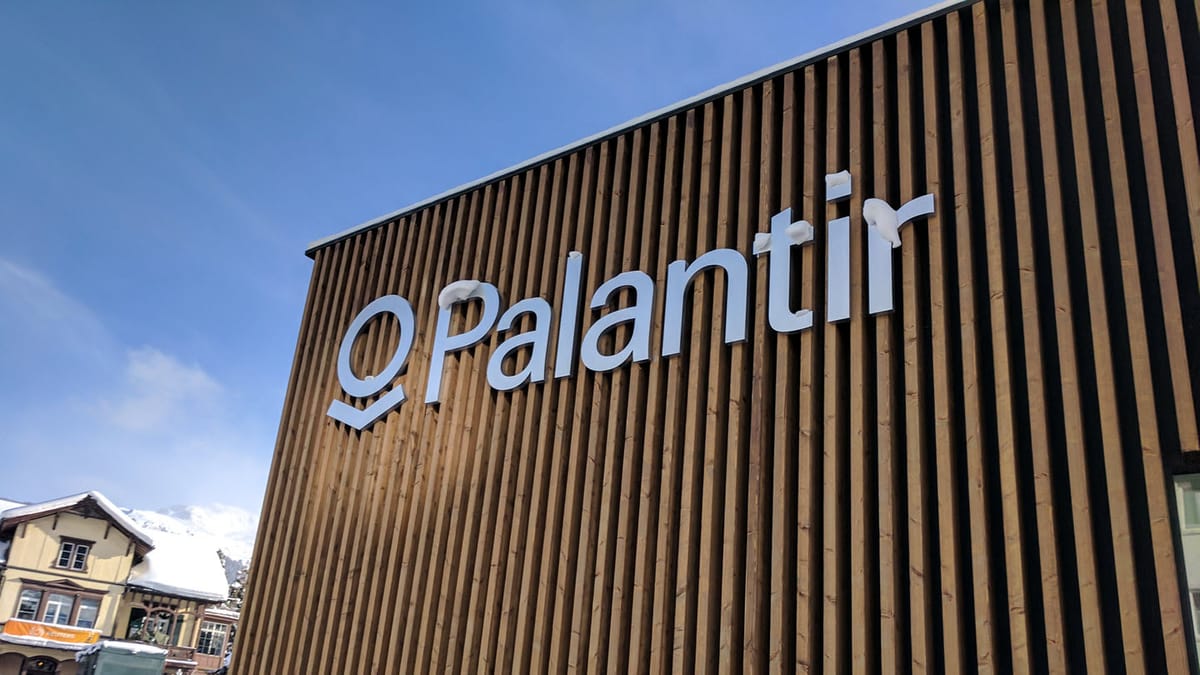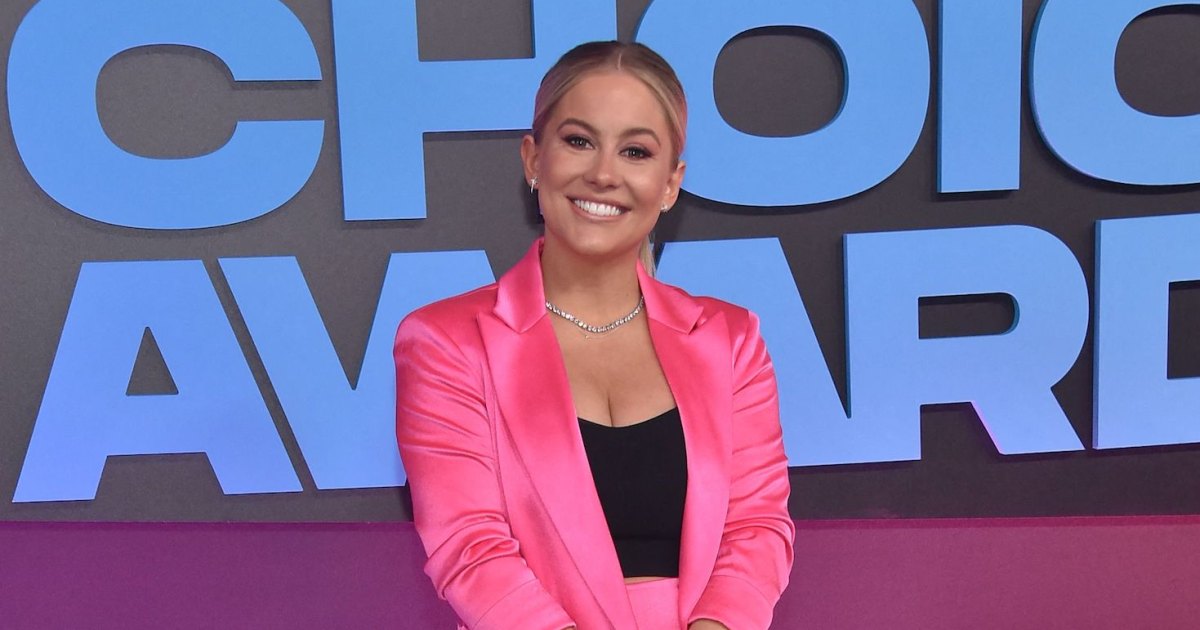In downtown Los Angeles, parking lots are often placeholders, eventually giving rise to future development, but in the district known as South Park, one parking lot might just stay low.
Surrounded by residential towers, this ordinary patch of asphalt at 11th Street and South Grand Avenue, smaller than an ice-skating rink, may soon become a public park. Where cars sit idle beneath the open sky, trees might one day arch overhead and couples linger in a waning twilight.
“New urban parks are incredibly rare because of the market dynamics of acquiring land in downtown,” said Nolan Marshall, executive director of the South Park Business Improvement District. “This is huge for us.”
Nolan Marshall, executive director of the South Park Business Improvement District, at the South Park Commons in Los Angeles on Oct. 23, 2024.
(Allen J. Schaben / Los Angeles Times)
Since coming to South Park in 2022, Marshall has been scouting locations and pushing hard for a park. An executive director who knows the talking points, he speaks less of its bucolic allure than its economic benefit.
A park can be “a catalyst for development in an area,” he said. “If you’re a land owner who owns multiple sites — with an ability to develop on multiple sites — having one go to public space will only increase the value of the others.”
Owned by the entertainment giant AEG, the 0.31-acre property — assessed in 2023 for $10.3 million — was to become a hotel, but a plan never materialized. Today a private lot for AEG, it is open to the public only when events at nearby Crypto.com Arena or L.A. Live spike the need.
On Tuesday, the Los Angeles City Council directed city officials to negotiate its purchase, with the goal of turning it into a park.
But transforming asphalt to grass is not easy, and the city and AEG would have to work out the details of the sale. Marshall said that when he approached AEG late last year, it told him it was “willing to consider” selling the lot.
The city would probably fund the purchase with development fees called “air rights” collected from other publicly owned sites in South Park, Marshall said.
The office of Kevin de León, the City Council member who represents the area and who introduced the motion to begin negotiations with AEG, did not make him available for an interview.
An AEG representative did not provide answers to questions from The Times.
The news is being welcomed by South Park residents, who consider a park the missing ingredient in their community.

People enjoy the South Park Commons. It is the only public space within the boundaries of South Park and was built in an arrangement between the community and the developer of the adjacent apartment tower.
(Allen J. Schaben / Los Angeles Times)
The only public space in the neighborhood is South Park Commons, a privately owned park built in an arrangement between the community and the developer of the adjacent apartment tower. Closer to the 10 Freeway is a privately managed park that is closed to the public.
“We’re in dire need of open space,” said Marty Goldberg, president of the South Park Neighborhood Assn. “We’re the most affluent district downtown and have one of the highest concentration of residents. But the people who are creating this city seem to forget about us when it comes to parks and open space.”
Roughly bound by Olympic Boulevard, Broadway and the 10 and 110 freeways, South Park aspires to be a cosmopolitan residential neighborhood.
Patrolled by the business improvement district’s “clean team” and “hospitality ambassadors,” the tree-lined streets and power-washed sidewalks near the AEG parking lot are overshadowed by residential towers, where 1,000-square-foot condos sell for about $745,000 and two-bedrooms rent for about $4,500.
In September, almost 1,000 people attended the neighborhood association’s annual Taste of South Park — a meet-greet-and-eat food event — on the parking lot.
“The challenge of South Park is that people stay in their units,” Goldberg said. “Buildings have amenities. Uber Eats delivers. So why leave? If we want to build community, people need to interact, and parks are great places to meet.”
Darryl Ford, superintendent of planning at the Los Angeles Department of Recreation and Parks, said De León’s motion to negotiate the parking lot purchase came “out of the blue, but a welcome out of the blue.”
The details will take time to work out. “The city just can’t move at the speed of a private market,” Ford said.
The Trust for Public Land has ranked Los Angeles’ parks 88th out of 100 cities, based on access, investment, acreage and equity. (Washington, D.C., is first; Irvine fourth.)
With a scattering of public and private spaces, downtown Los Angeles is perhaps the most park-poor part of the city. The largest, at 12 acres, is Gloria Molina Grand Park, owned by the county and managed by the Music Center.

The parking lot at 11th Street and Grand Avenue.
(Allen J. Schaben / Los Angeles Times)
The paucity of parks in South Park is an irony that is not lost on its residents.
“The joke we always make is that the only park you’ll find is in the name,” said Rich Sarian of the South Park Business Improvement District.
There’s a historical reason for the name. South Park — a “town in-town,” said The Times in 1972 — was imagined as the city’s version of Central Park, with residential high-rises surrounding a 50-acre park and lake. But the dream stalled, and the city shifted its attention to developing nearby sporting and entertainment complexes.
Decades later, a fragment of that dream has begun to materialize, and residential towers with Space Age names — Evo, Aven, E11even — occupy former parking lots.
Today, close to 15,000 people call South Park home, which creates a bit of a predicament for the city. A 2016 amendment to the city’s general plan recommends 10 acres of parks per 1,000 residents.
But those ratios were originally devised for suburban development and are not as relevant for urban centers, said Will Klein, the director of park research for the Trust for Public Land. It’s quality, not quantity, now.
“We don’t advocate that every community needs a set number of acres,” Klein said. “But people need sufficient space to get outside and connect with one another.”

People enjoy Grand Hope Park in Los Angeles on Oct. 23, 2024.
(Allen J. Schaben / Los Angeles Times)
The closest public park to South Park is the 2.1-acre Grand Hope Park, managed by Arizona State University FIDM. Its hours are limited, and no dogs are allowed, a particular indignity given the number of households in South Park with canines.
Nate Meadows, who was walking a pit bull mix down an alley behind Evo, where he lives, would welcome a new park.
“But it’s a double-edged sword,” said Meadows, 27, who has lived in South Park since 2019 and sells real estate. “People would get out of the houses, walk around, and that would draw more businesses. But it might also draw its fair share of homeless.”
Marshall said the business improvement district is willing to maintain and operate the park.
“The city is only being asked to purchase the parking lot,” he said.












